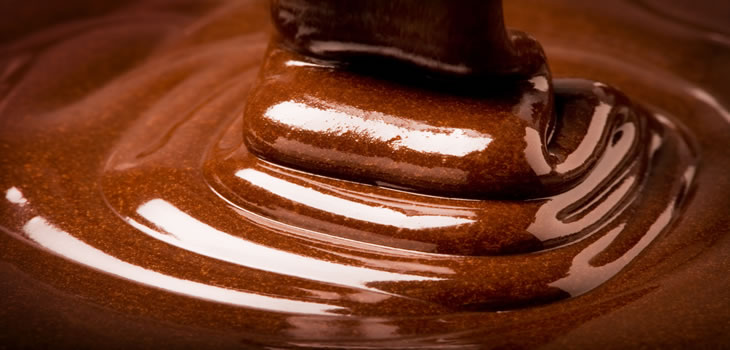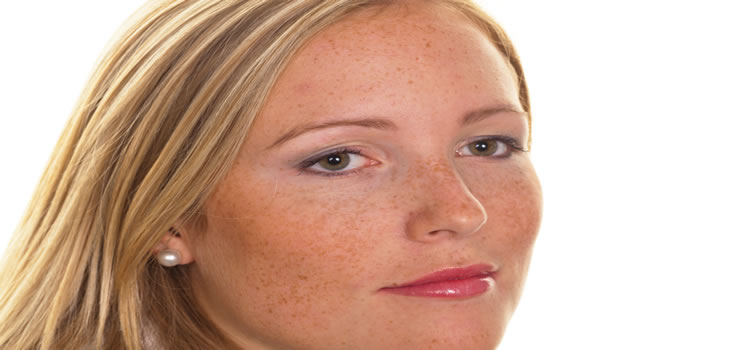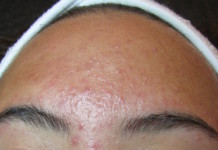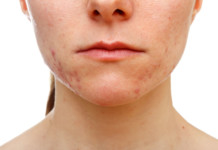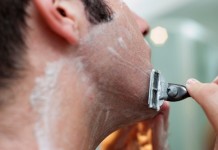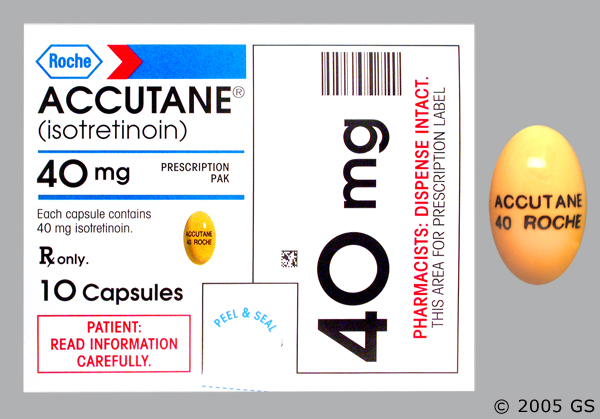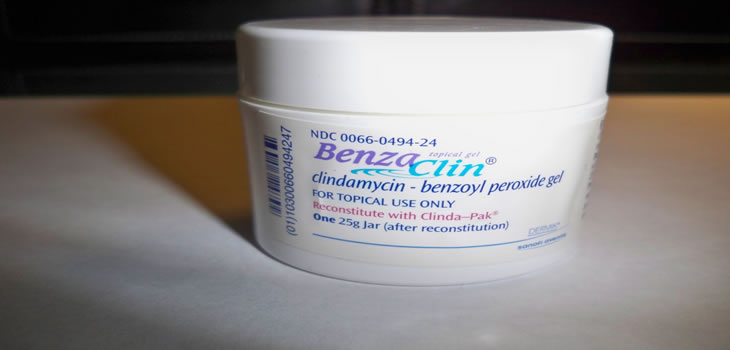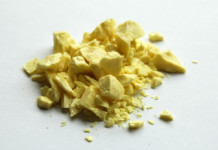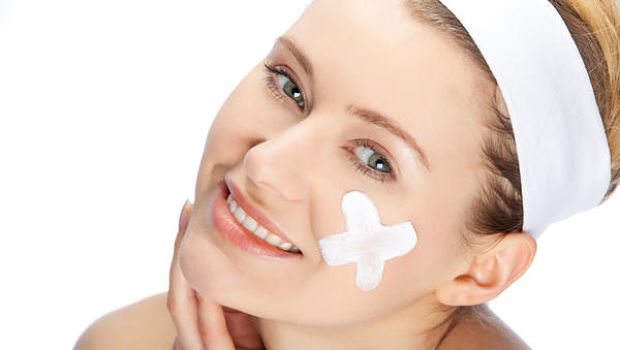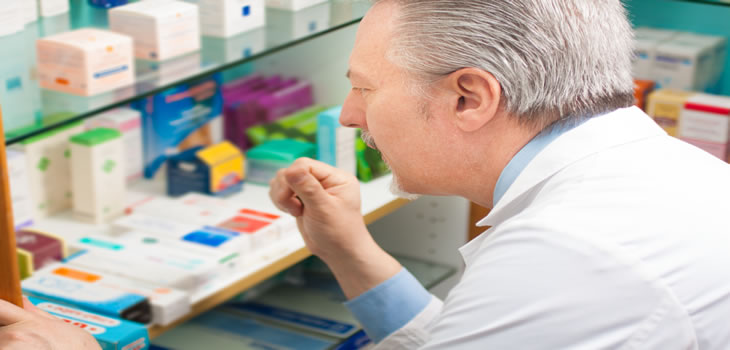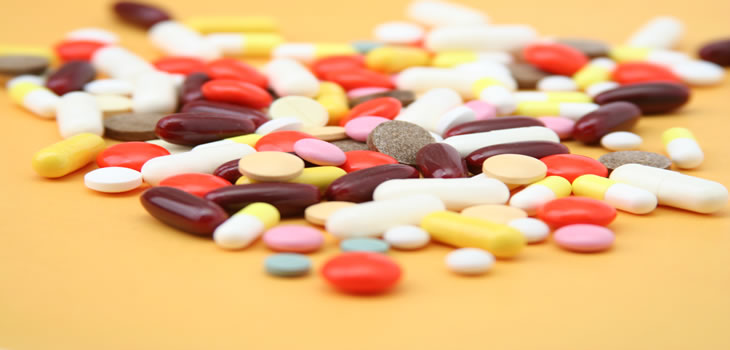 Acne can be effectively cleared by opting for the right course of prescription medicines. However, this should be done under the strict guidance of a doctor. A doctor would be able to correctly prescribe the right acne treatment medication for you on the basis of your acne stage and your past medical record. Some of the common prescription medicines used for the treatment of acne are as follows:
Acne can be effectively cleared by opting for the right course of prescription medicines. However, this should be done under the strict guidance of a doctor. A doctor would be able to correctly prescribe the right acne treatment medication for you on the basis of your acne stage and your past medical record. Some of the common prescription medicines used for the treatment of acne are as follows:
Adapalene – This prescription drug is mostly found in the form of gel and is applied once a day. It treats acne by slowing down the buildup of dead cells in the hair follicles, and thus prevents acne breakouts. This acne medicine is prescribed for almost all types of acne.
Adapalene is known to cause side effects in some people. Almost 10- 40 % of the patients experience itching, dryness and irritation of skin. It may also worsen the acne condition within first month of its use, but this is normal.
Azelaic acid – This prescription drug is a natural substance found in animal products and whole grain cereals. It is available in the form of gel and cream. It must be applied twice daily. Azelaic acid helps in renewing the skin and preventing the buildup of cells that clog the pores, thereby preventing the formation of pimples and blackheads. This acne treatment medication also helps in killing P. Acnes, and is particularly used to treat Pomade Acne.
The side effects of Azelaic acid are usually mild and short-lived. The most common forms of side effects include stinging, itching, burning, and tingling. Some dark skinned people have reported side effects like lightening of the skin after using the acne medication.
Clindamycin – Clindamycin is popular prescription acne medication and is generally available in the form of a solution, gel, or lotion. It is normally applied to the affected area twice daily. This medication is used to treat various types of acne. It kills the acne producing bacteria and thus prevents the formation of acne.
The side effects of this prescription acne medication include burning, itching, and peeling to redness and dryness of skin. In some severe cases, patients may suffer from problems like diarrhea, and inflammation of the colon.
Erythromycin – This antibacterial prescription acne medication is available in the form of gel, ointment, and lotions. It is generally used on the skin, and is applied twice daily. Erythromycin works by preventing the acne causing bacteria from developing. As acne is a bacterial infection, Erythromycin effectively helps in treating it.
Erythromycin should never be used when you already have something else such as makeup or lotion applied to your skin. It is recommended that you consult your dermatologist before you start using this acne medication. In some cases, patients may experience burning, peeling, redness, itching, and/or dryness of skin.
Oral Antibiotics – Taken in a pill form once a day, these antibiotics specifically fight bacterias that cause acne. Side effects can include sun sensitivity, diarrhea, and can also make birth control ineffective.
Oral Contraceptives – Birth control pills contain hormones which decrease the levels of testosterone produced by the body. This can dramatically reduce the amount and severity of acne in women. However there are serious side effects associated with oral contraceptives. The hormones found in these pills, estrogen and progesterone, can cause heart disease, stroke, and anuerysms in women. Smoking and age increase this risk, but there have been cases of non-smokers under thirty who have suffered fatal complications from birth control.
Tazarotene – Also known as Tazorac, this gel is applied once daily and contains concentrated derivative of vitamin A, a chemical which removes clogged materials in the pores and increases the turnover of skin cells. Aside from irritation, peeling, and itching, serious side effects can include birth defects and permanent liver damage.



